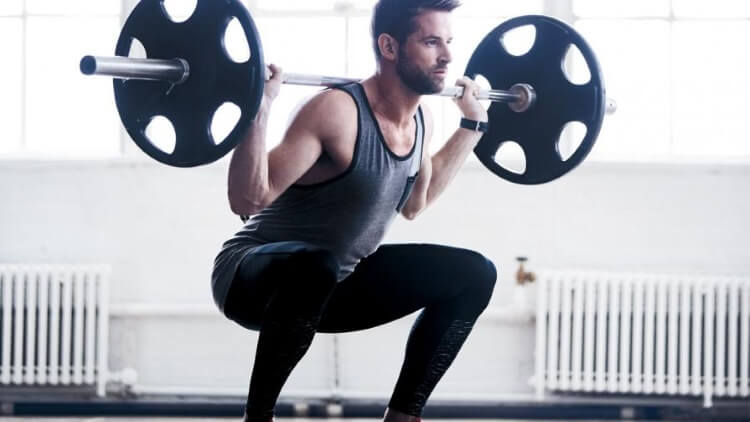
Weightlifters look big and bulky, but they’re no strangers to herniated discs. It’s a common problem that the weightlifting community tries to manage with equipment like supportive belts and foam rollers. They know their spines are just as vulnerable as anyone’s.
At Back & Body, we treat a lot of weightlifters who come in with herniated discs, despite the precautions they take. When you have goals, you can get a little single minded and weightlifters are truly a breed apart in this respect.
Herniations happen
As you’ve probably read on this blog before, the discs lying between your vertebrae are filled with a gel-like substance. The structure acts as a shock absorber, protecting the vertebrae from damage.
When there’s dysfunction, the disc can herniate or “bulge”, causing that gel-like substance to push out, breeching the tough protective coating. Sometimes, people experience no pain when this happens. But when surrounding nerves are affected by the displaced disc material, pain follows.
If a spinal nerve is affected, then tingling in the extremities can be experienced.
Herniations happen to weightlifters due to improper form, like using the muscles of the back more than the legs. The big culprit? Deadlifting.
Technique matters
But weightlifters don’t need to wind up with disc herniations. In addition to belts and foam rollers, there are other precautions which can be taken to help them avoid herniated discs.
I’ve mentioned deadlifts as the most common culprit for provoking herniated discs in weightlifters. The problem with the deadlift is that it’s a complicated maneuver, requiring flawless form to execute safely. If your back’s not up to it, or if you’re new to weightlifting, deadlifts should only be done with the guidance of a trainer to check your form.
Even the slightest curve in your back while executing this move can lead to a disc herniation.
Another common cause of herniated discs in weightlifters is the squat. Core strength is key to performing this activity safely. Again, if you’re not confident about your form, seeking the guidance of an experienced trainer or coach is not only recommended, but strongly advised.
Curb your enthusiasm
You need excellent core strength to perform either of the exercises described above and a proper grounding in biomechanics. Develop both these facets of expertise before proceeding with these technically demanding movements.
Warming up is one of the best things you can do for yourself, regardless of the sport you’re engaged in. So often I’ve been at the gym and witnessed people marching in and getting straight to the business of weightlifting.
That’s a recipe for disaster.
Warm up with a stretching routine that addresses the muscle groups you’ll be working. A brisk walk or moderate jog also helps to prepare your body for what you’re about to demand of it.
Patience really is a virtue when you’re lifting weights. Go slowly, get a trainer (if possible) and do your body a favor. A herniated disc is not something that’s going to help you meet your goals.
Suspect a herniated disc? Schedule a consultation and we’ll talk.









